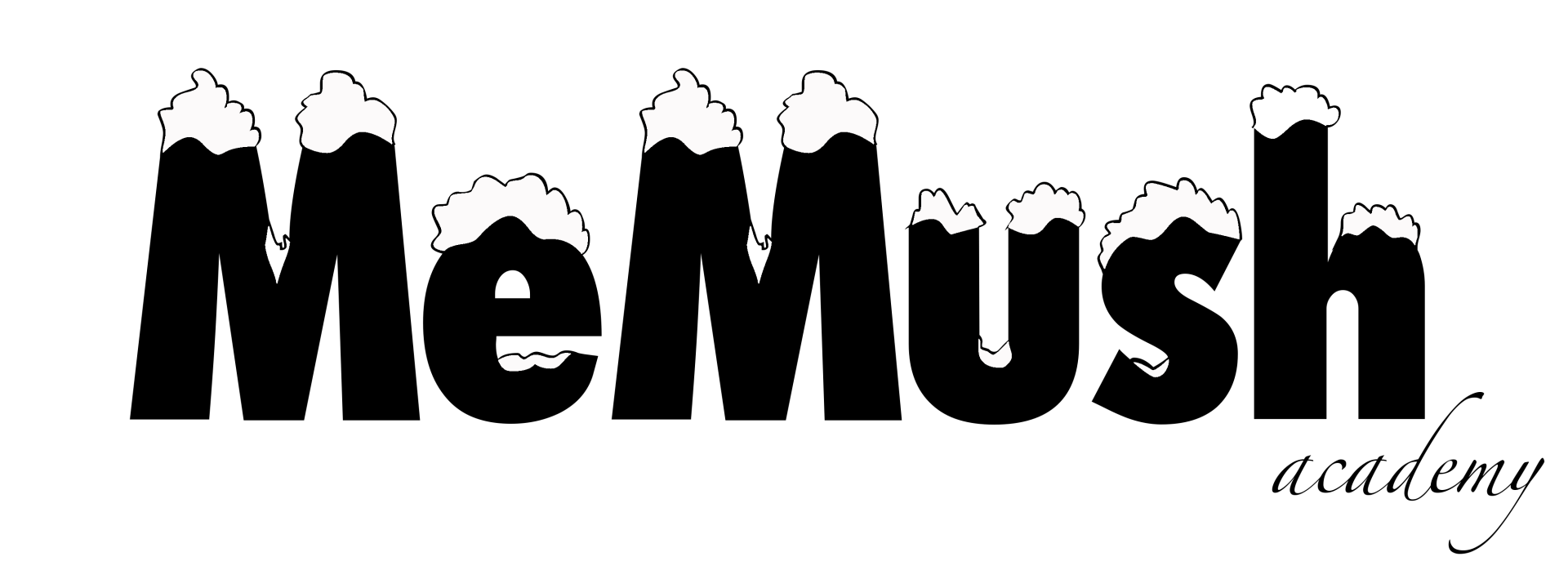Enroll today
Stress & Stereotypical Behaviours
Are you ready to learn how stress affects your canine friend? Dive into this eye-opening course with us at MeMush Academy.
-
68 learners
Enrolled -
23 video lessons
with a personal workbook -
Certificate
After completion -
Beginner
Skill level
what to expect
A few more words about Stress & Stereotypical Behaviours
You will learn:
References used in this course
- Beerda, B., Schilder, M.B.H., van Hooff, J.A.R.A.M., de Vries, H.W. & Mol, J.A. (2000). Behavioural and Hormonal Indicators of Enduring Environmental Stress in Dogs. Animal Welfare, 9, 49-62.
- Clubb, R. & Vickery, S. (2006). Locomotory Stereotypies in Carnivores: Does Pacing Stem from Hunting, Ranging or Frustrated Escape? In G. Mason (Ed.), Stereotypic Animal Behaviour, Fundamentals and Applications to Welfare (2nd ed.) (pp. 58-85). CAB International.
- Denham, H., Bradshaw, J. & Rooney, N. (2014). Repetitive behaviour in kennelled domestic dog: Stereotypical or not? Physiology and Behavior, 128, 288-294 doi:10.1016/j.physbeh.2014.01.007
- Gaines, S.A. (2008) Kennelled dog welfare – effects of housing and husbandry; PhD, University of Bristol.
- Hubrecht, R., Wickens, S. & Kirkwood, J. (2017). The welfare of dogs in human care. In: J. Serpell (Ed.), The Domestic Dog – Its Evolution, Behavior and Interactions with People (2nd ed.) (pp. 271-299). Cambridge University Press
- Jensen, P. (2007). Mechanisms and Function in Dog Behaviour. In: P. Jensen (Ed.), The Behavioural Biology of Dogs (pp. 61-75). CAB International.
- Keeling, L. & Jensen, P. (2017). Abnormal Behaviour, Stress and Welfare. In P. Jensen (Ed.), The Ethology of Domestic Animals, an Introductory Text (3rd ed.) (pp. 119-134). CAB International.
- Manning, A. & Stamp Dawkins, M. (2012). An Introduction to Animal Behaviour (6th ed.). Cambridge University Press.
- Mariti, C., Gazzano, A., Moore, J. L., Baragli, P., Chelli, L. & Sighieri, C. (2012). Perception of dogs’ stress by their owners. Journal of Veterinary Behavior: Clinical Applications and Research, 7, 213-219.
- Mason, G.J. & Latham N.R. (2004). Can’t stop, won’t stop: is stereotypy a reliable animal welfare indicator? Animal Welfare, 13, 57-69.
- Miklósi, A. (2007). Dog behaviour, evolution and cognition. Cambridge University Press.
- Mormède, P et al. (2007). Exploration of the hypothalamic–pituitary–adrenal function as a tool to evaluate animal welfare. Physiology and Behavior, 92, 317-399.
- Rugaas, T. (2006). On Talking Terms with Dogs: Calming Signals (2nd ed.). Dogwise Publishing: Wenatchee.
- Svartberg, K. (2006). Breed-typical behaviour in dogs – Historical remnants or recent constructs? Applied Animal Behaviour Science, 96, 293-313.
Meet the instructor
Marlene Hällström
- Competitive distance musher
- IFSS Mid-distance World Champion of 2022
- Current chief manager of the Swedish National Sled Dog Team
- Owner of the Yabasta Siberian Husky Kennel
- Masters student of Clinical Animal Behaviour at the Royal (Dick) School of Veterinary Studies, University of Edinburgh
Write your awesome label here.
What our students say about this course
The lessons are clearly structured and presented with easy-to-follow video's. Marlene gives you the opportunity to dive deeper into the subjects by sharing studies and external video's. You can also test your knowledge with intermediate tests. Those courses are highly recommended for every dog-owner, not only mushers, and for sure an eye-opener!
anita van steijn
This course was really an eye-opener. For me as a new dogowner I learned a lot. Confrimation that im doing something right, understanding my dogs behaviour better and insights in what my dog and I need to work on. All this from this course that was both interesting and easy to follow and interactive with reflecting questions and quizzes!
lillkiran
Frequently asked questions
How long do I have access to the course?
The courses that you buy will be available to you six months from purchase.
What's your refund policy?
If you, for any reason, is not satisfied with the course, you have a 14 day full refund unless you already proceeded through more than 20% of the course.
I don't have a sleddog yet - can I still enter this course?
Of course! This course does not only apply to sleddogs, but all dogs. It if a perfect way to prepare for you very first furry friend.
Where can I learn more about this topic?
A hot tip is to check out the references listed on this page.


